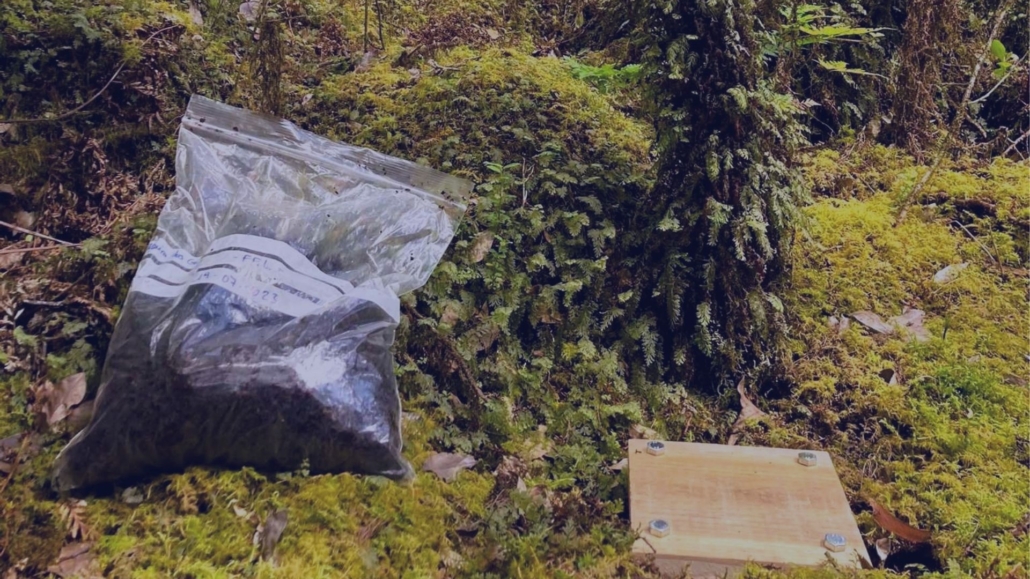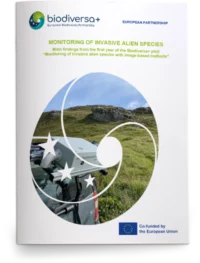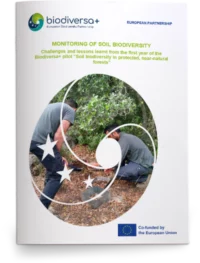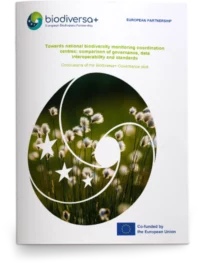The Azores are at the forefront of biodiversity monitoring
6 March, 2024
The Regional Fund of Science and Technology, in partnership with the Regional Directorate for the Environment and Climate Change, participates in an ambitious pilot program for biodiversity monitoring.
The Biodiversa+ – the European Partnership for Biodiversity – has been promoting this pilot program, since January 2023, which currently involves 21 partner entities from 20 countries, including the Azores. The pilot programme implemented in the Azores addresses strategic themes aimed at strengthening innovation in regional public policy on biodiversity, namely:
- Monitoring of Invasive Exotic Species – with the application of new methods for species monitoring, focusing on plants and insects, using image recognition techniques based on computer vision and deep learning for the identification of species of interest, quickly and economically.
- Soil Biodiversity in Natural and Protected Forests – The program combines traditional morphological and DNA-based methods, developing standardized procedures for the assessment and monitoring of soil biodiversity.
- Governance, Data Interoperability – aims to support the creation of a Biodiversity Monitoring Coordination Center in Europe.
The FRCT’s participation in this pilot programme aims to facilitate the implementation of the European Biodiversity Strategy for 2030 in the Autonomous Region of the Azores by providing and sharing information, tools, and evidence to the regional entities responsible for monitoring and reporting on biodiversity.
As part of this pilot programme, by 2024 the aim is to increase territorial coverage in the Azores, better contributing to the protection of this region’s unique biodiversity.
The Biodiversa+ Partnership coordinates research programmes between the EU and its member states and associated countries, to support the development of transformative policies and respond to societal challenges related to biodiversity loss and habitat degradation.
The midterm reports of this pilot biodiversity monitoring program can be found at the following links:















